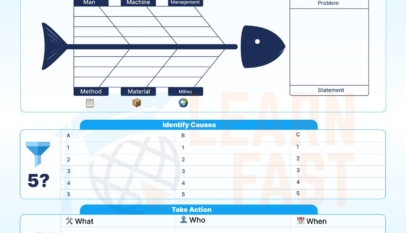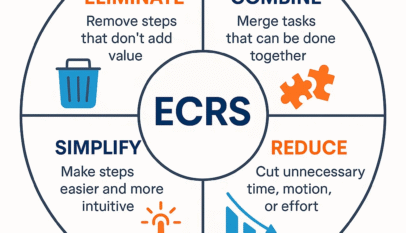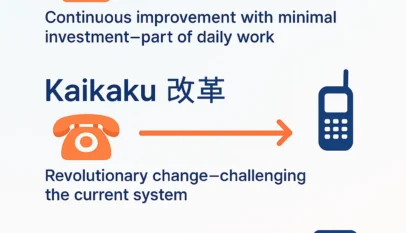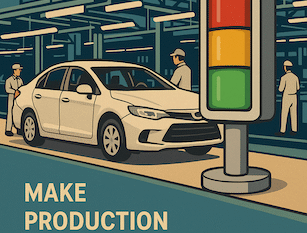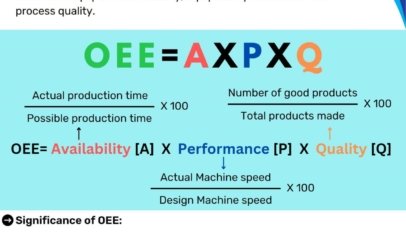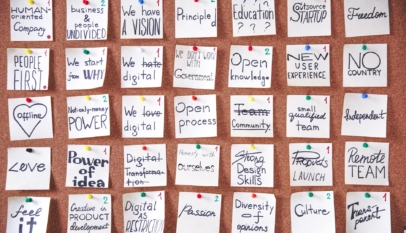Eliminating breakdowns related to lack of knowledge can be achieved through training and education programs for employees and implementing clear procedures and guidelines for tasks and equipment. Having a system for employees to report and address any knowledge gaps is also important. Regular maintenance and equipment inspections can also help prevent breakdowns. Additionally, having a strong team culture and promoting open communication can foster an environment where employees feel comfortable asking for help or clarification.
Let’s look at the example from a food manufacturing facility to understand the true impact due to skills.
During regular production, the breakdown has occurred, causing productivity issues. After production was resumed, the breakdown analysis team met and performed a 5-Why analysis which determined the root cause to be the operator’s mistake.
Operators forgot to verify one critical checkpoint. Even though the Standard Operating Procedure was in place, there was a difference in understanding per operator.
To create visibility on the actual situation, the Skills Matrix must be implemented.
Steps to take:
- Identify the actual skill level
- Define the checklist for each skill
- Audit each operator/trade with the checklist
- Define the skill level
- Review skill level with the manager
- Create a skills matrix a re-evaluate every six month
Stages for skill levels:
0 – Skill not required or utterly unaware of the task
1 – Knows basic principles; they had some training
2 – Can demonstrate basic principles; they had the training but might require additional support
3 – Ability to work alone, they had training and demonstrated through applying daily tasks
4 – Ability to train others; they become subject matter experts
Let’s set the goal to develop production plant personnel with the highest skills and competency standards to face the challenges of excellence, complete in all aspects.


